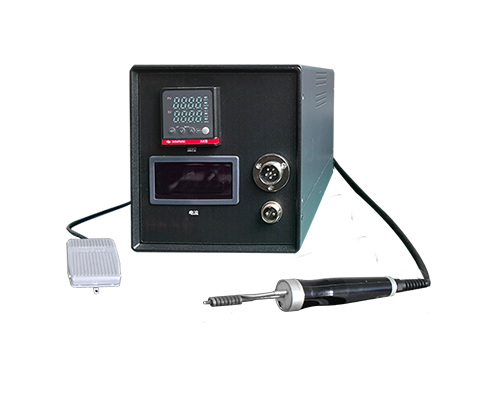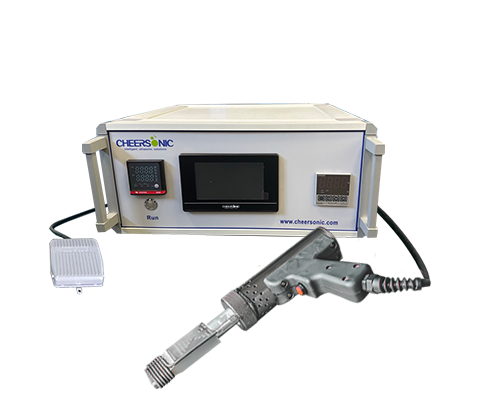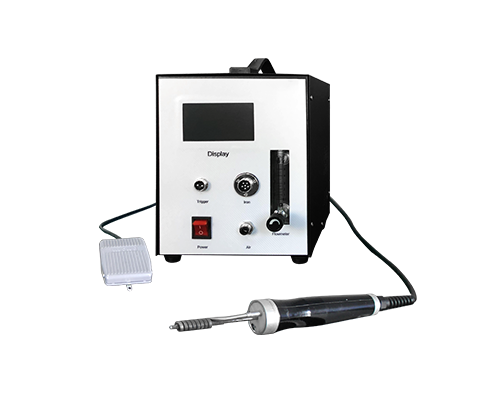In precision industries such as new energy and electronics manufacturing, nickel strips are a key joining material due to their excellent conductivity, corrosion resistance, and mechanical strength. Ultrasonic welding, with its unique advantages of solid-state bonding, has become a core process of choice for joining nickel strips, providing an efficient and reliable solution for industrial production.
The core principle of ultrasonic welding nickel strips is to achieve molecular-level fusion through high-frequency vibration. The equipment converts electrical energy into ultrasonic mechanical vibrations exceeding 20 kHz, which are transmitted to the welding head via a horn. Under static pressure, intense friction is generated at the joining surfaces of the nickel strips, generating localized heat. This heat promotes interdiffusion of metal molecules at the contacting surfaces, achieving a metallurgical bond without melting the parent metal, perfectly preserving the original metallic properties of the nickel strips. The entire process requires no auxiliary materials such as flux or solder, and does not generate high-temperature open flames, thus avoiding the oxidation and spatter problems associated with traditional welding.
Compared to traditional processes such as laser welding and resistance welding, ultrasonic welding offers several significant advantages for joining nickel strips. In terms of conductivity, the weld resistivity is near zero, meeting the requirements of high-current transmission scenarios, which is crucial for applications such as battery tab connections. The welding efficiency is extremely high, with single-pass operation times under 100 milliseconds, making it suitable for industrial mass production. This technology achieves stable welding for nickel ribbon with oxidized or electroplated surfaces without requiring additional pretreatment, significantly simplifying the production process.

This technology has penetrated deeply into several key industrial sectors. In new energy battery manufacturing, ultrasonic welding is widely used to fuse nickel mesh and nickel sheet in nickel-metal hydride batteries and to connect copper foil and nickel sheet in lithium batteries, ensuring efficient power transmission and structural stability of battery packs. In electronic component production, high-current contacts in components such as relays and electromagnetic switches are often connected using nickel ribbon. The joints formed by ultrasonic welding can withstand long-term current surges without failure. In energy storage devices, nickel ribbon connections at tens of thousands of data collection points rely on this technology to achieve low failure rates, avoiding equipment downtime and losses caused by single-point failures.
However, practical applications require precise control of process parameters to avoid defects. If a cold weld occurs, improve fusion quality by applying stepped pressure and fine-tuning the amplitude. If deep indentations appear on the nickel strip surface, reduce the pressure and use a buffer welding head. Regularly calibrating the equipment's frequency and pressure sensors can effectively ensure welding stability.
As industrial manufacturing upgrades toward precision and efficiency, the application of ultrasonic welding technology in nickel strip joining will continue to expand. Its core advantages of combining reliability and cost-effectiveness are becoming a key driver of high-quality development in industries such as new energy and electronics.





